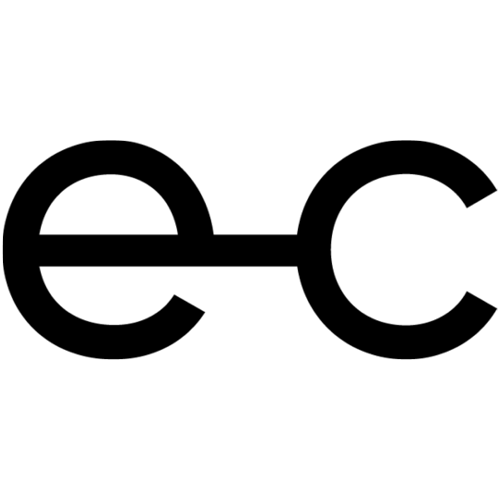EYE STRAIN
What is eye strain/fatigue?
Eye strain or eye fatigue is caused through tiredness, when the eyes have experienced intense or extended use through long periods of focus upon something bright or up close. When looking at something with high concentration and focus over a long period of time, the eye muscles surrounding the eye can become strained and overworked.
If conscious rest is taken yet, eye strain remains an ongoing uncomfortable issue, this may signify an underlying condition with the eyes such which may need to be tested by an optometrist. This could possibly lead to the requirement of prescription glasses. It is always advised to seek further advice and treatment from an eye care specialist when experiencing prolonged problems of any kind.
What are the most common eye strain / tired eyes symptoms?
One of the main signs that you may be dealing with eye strain is that your eyes are tired, sore, itchy or burning. Often your eyes may feel dry or begin watering. You may also start experiencing double vision or blurry vision as the eyes may have a tough time focussing when eye strain occurs, causing these visual problems. Some people may notice their eyes have become quite sensitive to the light or they may find difficulty focussing on a task. At times it can be a struggle to keep your eyes open.
Surprisingly tired eye symptoms don’t just involve the eyes, one of the most common symptoms of eye strain is headache. A headache along with sore and tired eyes is a good indicator that you are suffering from eye strain or what is referred to as an ‘eye strain headache’, these symptoms are very common with digital eye strain. Digital eye strain is caused through using blue light devices such as computers and smartphones for long periods of time.
Many people may also encounter pain and soreness in the shoulders, back and neck, in some cases lightheadedness, dizziness and nausea can also occur. Some of the other common signs of eye strain may include eye twitches, a feeling of heaviness in the forehead and around the eyes, problems reading and fatigue. If you are experiencing any of the signs of eye strain, it is important to treat this problem, in many cases, making some simple changes to your environment or work habits can help reduce the symptoms.
What are the most common eye strain / tired eyes causes I can look out for?
There are a wide range of factors that can cause eye strain / tired eyes. Eye strain symptoms usually occur from focusing on something for long periods of time, staring at books, screens or through lack of exposure to natural daylight.
The most common eye strain causes are:
One of the biggest culprits behind eye strain today is spending too much time in front of digital devices such as smartphones, tablets, laptops, computer and TV screens or playing video games. Digital eye strain has the potential to develop for anyone using a device for more than 2 hours straight and they are likely to start experiencing a number of uncomfortable symptoms which would indicate eye fatigue.
Driving long distances with minimal breaks in between.
Reading for long periods of time, particularly in low lighting.
Looking / focussing on something too closely.
Difficult emotional situations and stressful experiences.
Migraines.
What can I do to relieve eye strain?
As there are many different causes that can create eye strain/ eye fatigue/ digital eye strain, there are a number of things you can do to help reduce the unpleasant and uncomfortable symptoms.
Book in for an eye test with your local Optometrist. Reading or driving glasses may be need to be prescribed to help reduce eye fatigue or underlying eye conditions may need to be treated to help reduce problems with eye strain.
Doing eye exercises may help to reduce the strain on your eyes.
Using plenty of light when you are working close up can be helpful particularly when reading for long periods of time.
Reducing the glare on a computer screen can help reduce digital eye strain. You can change the dimmer settings to lower the light and you can also purchase an anti glare screen or glasses to reduce the brightness.
Ensure any screen you are looking at is centered and at a good distance away from your face. If you can, invest in a large screen and increase the font size.
With digital eye strain an ever so common problem, be aware of how much time per day you are spending in front of blue light devices, maintaining a conscious effort to not exceed two hours straight without taking a break.
Try something called the 20/20 practice which involves taking a break every 20 minutes from anything you are focussing on, spending some time blinking repeatedly for a while and then going for a walk or just sitting outside so you can look at something 20ft away in natural light to allow the eyes to readjust. This will really help with eye fatigue.
In many cases, simply resting your eyes and giving them a break can be enough to reduce the symptoms you are experiencing, providing some much needed relief. Going for a walk in natural daylight helps your eyes to readjust as well as lying in a dark room and refraining from using any electronic devices for a while.

